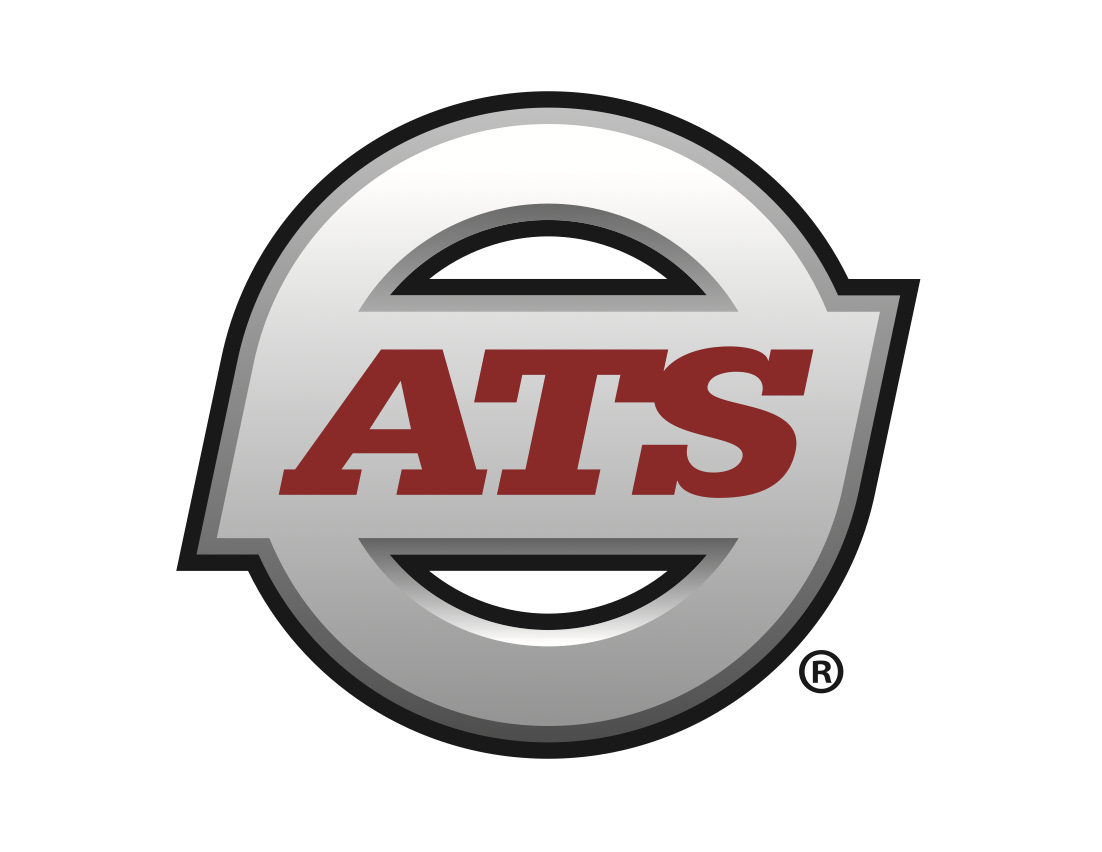Key Takeaways:
-
Trucking began with horse-drawn freight wagons in the 1800s.
-
Steam engines, military demand, and highways drove rapid evolution.
-
Deregulation and digital innovations reshaped the industry.
-
Today’s truckers are part of a legacy of resilience and adaptation.
The Quiet Power Behind American Progress
The history of trucking in America isn’t about chrome and catchphrases. It’s about grit, growth, and the people who kept freight moving. Before the diesel roar and digital dashboards, there were wooden wheels, muddy trails, and teams of oxen dragging supplies across wild terrain. The evolution of American trucking is a story of endurance, innovation, and unshakable purpose.
1800s: Freight Before the Engine
Before names like Peterbilt or Kenworth meant anything, freight moved by hoof and wheel. In the early 1800s, teamsters hauled cargo by horse- or ox-drawn wagons over rugged routes like the Oregon Trail and the Santa Fe Trail. These were the original long-haul drivers. They faced unpredictable weather, harsh landscapes, and the threats of bandits. It often took months to deliver a single load.
Steam and Steel: The Rise of the Railroads
The invention of the steam engine revolutionized transportation. From 1860 to 1900, over 160,000 miles of railroad were laid across the U.S. While trains brought coast-to-coast connections, they were limited to the tracks. America still needed a way to move goods where rails didn’t reach.
1900s: Enter the Motor Truck
In 1896, German engineer Gottlieb Daimler introduced what’s considered the first motorized truck. A two-cylinder, belt-driven machine that topped out at 7 mph. By 1904, Detroit’s Alexander Winton built the first American semi-truck to deliver automobiles to customers. The Mack Brothers followed, creating durable trucks that earned their bulldog reputation.
These early machines were crude: no cabs, no heating, just grit and gasoline. Drivers were mechanics, scouts, and survivalists all in one.
Wartime Acceleration
By World War I, the U.S. saw the potential of trucks as military tools. The Liberty Truck was built by 15 companies and mass-produced to become the backbone of military freight. After the war, surplus trucks flooded civilian markets, helping farmers and freight companies grow fast. The 1920s saw major innovations: pneumatic tires, enclosed cabs, and better engines.
In 1933, the American Trucking Associations (ATA) was founded. The same year, the first “Hours of Service” rules were introduced: 12 hours on, 12 hours off.
World War II reinforced trucking’s critical role. More than 2.4 million military trucks were built, including the legendary GMC “Deuce and a Half.” When peace came, trained drivers and powerful vehicles were ready to reshape freight in the civilian world.
The Interstate Era and Cultural Boom
In 1956, the Federal Aid Highway Act created over 40,000 miles of multi-lane roads. It launched the golden age of American trucking. The new highways slashed coast-to-coast shipping times from weeks to just days.
By 1970, trucking had overtaken rail as the dominant mode of freight. This era birthed trucking culture: CB radios, convoy slang, custom rigs, and legendary truck stops like Iowa 80. Pop culture embraced the trucker. From Smokey and the Bandit to Convoy. The 18-wheeler became an American icon.
Deregulation and a New Economy
The Motor Carrier Act of 1980 deregulated the industry, opening the door to competition as well as thinning margins. While shippers gained flexibility and better rates, owner-operators had to fight harder to survive. Still, many thrived, as innovation exploded across specialized freight like flatbeds, tankers, and refrigerated trailers.
By 1985, the number of for-hire carriers had tripled, changing the trucking landscape forever.
Digital Age and the Road Ahead
From the 1990s on, the trucking industry embraced technology. GPS replaced paper maps. Electronic logs became mandatory in 2017, bringing accountability but reducing flexibility. Diesel engines grew cleaner with DEF systems, and aerodynamic trucks became the new norm.
Sensors, tablets, and digital load boards are now standard. Yet, in many ways, the job hasn’t changed. Long hours, early mornings, mountain passes, and the ever-present hum of the engine.
And while electric trucks are gaining ground, diesel still rules the road... For now.
Honoring the Legacy
The evolution of American trucking is written by every driver who’s ever rolled a load through the night. From leather reins to satellite-linked rigs, you’re part of a tradition that built America. You’re the heartbeat of the highway and the reason store shelves stay stocked.
Want to join the legacy or move your freight with a trusted carrier?
